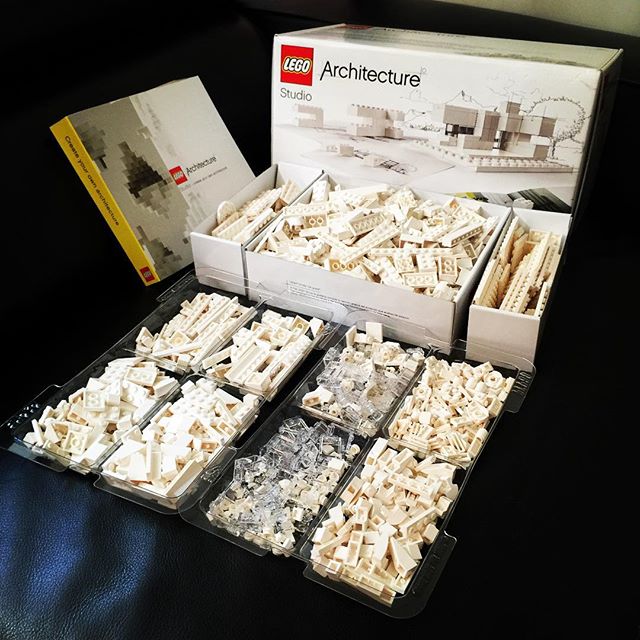That thing you (forget to) do part 2: Product marketing
How start-ups should view product marketing
There are two important questions to answer, whether you are a founder or an employee of a start-up. What’s the mission and vision of the start-up? How do we communicate the product to the customers so that they know that we are solving their problem or fulfilling a latent or present need in their daily lives? The questions are fundamental because it focused on the why and not the how of products.
So, in order for a product to go to market, it needs to overcome two barriers:
How will your customers hear about your product?
This is the awareness problem in product marketing. To solve this problem, you can either engage mainstream or social media, build a story around your start-up and then get the message out in the market. A lot of times, most people conflate this with the distribution, which is in fact the next question:
How do your customers access or buy your product?
This is the distribution problem in product marketing which the team within the start-up have more control. It involves the team working out what sales channels and distribution centers your product should go on. For example, the iTunes app store or Android market is a distribution channel for mobile app developers to sell their apps to customers.
The same can be said of software as a service (SaaS) platforms where a team selling web services can harness as a possible distribution point for their web products. Another aspect of the distribution problem is the strategic partnerships your startup build with a large multi-national company which are usually not within your control and depends on how much the big company really needs you.
Product Marketing: PR and Awareness
The first rule to doing product marketing is that you should never associate public relations with vanity. Whether it is a social or mainstream media site, the objective is to associate the message you want to propagate about your business to the potential customers. Everything else is immaterial.
Hence it is not sensible to do a machine gun approach to send out press releases to bloggers or journalists and expect them to cover you. It is essential for start-ups to work out a media plan that goes concurrently with the product development process. For example, you might want to do a soft launch of your mobile app in order to acquire feedback for improvement from early adopters.
The objective is to grow users, and hence the article must provide a link for potential users to download your app. The message should be about how the app from your start-up solves either a problem or need from customers.
Why should you stop there? You should continue to match the roadmap of your product development to your media engagement plan. So, every press release must fulfill a business objective about the product. Once you understand the process, you should also construct a list of the media you want to engage.
By the way, do not wait till the product is launched and then engage the press expecting them to want to cover you. Everyone in the press is busy but they want new stories. So you should build relationships before that. Where do you meet these people? Usually, you meet them during conferences and networking events.
Usually, people from the media are friendly and you should build rapport with them. Do not expect them to paint you in a fantastic light, and sometimes you need to provide the angle for them to cover you. Work with the people who understand your start-up, and don’t be offended if they don’t respond to you immediately. One important rule is target who you might want to cover you from a publication. For example, in SGE, you can contact our editor directly to let us know about a story.
The difference between Asian and US press is that the former is more friendly and does not attempt to be edgy when they ask you questions. Usually, Asian start-ups can get shaken with aggressive questions from the western press.
You should just answer what you can and politely decline if the questions are too controversial or an attempt to push you to provide confidential information. You don’t need a media trainer but make sure you have a FAQ made for the entire team whenever the press tries to probe about the start-ups.
The next thing is to build up your social media assets and used them to propagate your message. Having Facebook and Google Plus pages, as well as a Twitter account and a LinkedIn page will suffice (read: Minimum social media assets businesses should have). If your business is location sensitive, have a FourSquare location page will be vital as well. Sometimes being cheeky and creating an image that propagates an internet meme might help to draw customers to your website.
Some advice on engaging the press. You should use your discretion in how much you want them to know. If they are trustworthy, you might want to let them know certain confidential stuff but with the understanding that they are off-the-record.
Finally, just remember, PR is building awareness. There are cases where a company gets heavily featured in both mainstream and new media but it saw no conversions to customers coming to your site to buy the products. So, you need to make sure that you are engaging the correct channel to find your customers.
If you are building an app for people who like extreme sports, getting tech blogs to write about you will not get you the customers. You might want to find the influencers or tastemakers of extreme sports to help you spread the word.
Product Marketing: Distribution
Distribution is the other part of product marketing which most start-ups in Asia do really badly. The reason is that they often conflate press to bringing customers to the site or download the app. Hence, from now onwards, you should make sure that these two issues are separate. Here are the few things which you need to ask yourself in working out your distribution channels:
What is the platform and delivery process that allows you to distribute your product among users in a quick and robust way?
If your native mobile application is a paid app and requires a lot of downloads with a good payment mechanism, you should look at the apps store platform where most of the apps are making the most money.
If you are distributing the app for free, you might want to make sure that you get an app store platform that can reach out to many users quickly. You might want to figure out how to get to the stage where your app is on the featured list of that apps store.
The same rule applies to web services. You can distribute your product through web service providers. If you have a fantastic web service that complements a web browser, the question becomes, “should you write a browser extension such that you can distribute your service through this browser?”
Accessibility is an important rule when figuring out distribution. If you are using a payment platform, you should try to do within 2-3 frames so that the user can easily purchase your web service or download your app. Similarly, working with strategic partners (larger MNCs) will be similar. You should find out how they can add value to you before becoming part of their offerings.
It’s great PR to work with big companies but if they are half-hearted in delivering their services, you might want to reconsider because getting a strategic partner requires you to fulfill tough and stringent service-level agreements (SLAs).
One more thing I want to share about distribution is the firehose strategy: Should you create an API to allow 3rd party developers to help you distribute your service quickly? It really depends on the nature of the businesses.
You should create an API to market your presence and increase user growth, as well as to avoid spending time and effort to maintain something that does not solve your business objective. But do avoid the mistakes pointed out by this article when building APIs for 3rd party developers.
Product marketing helps your company to build up the awareness and distribution of your product to users. As for how to measure the metrics, iterate and manage the product, we will leave it to the last installment of the series to discuss that.



